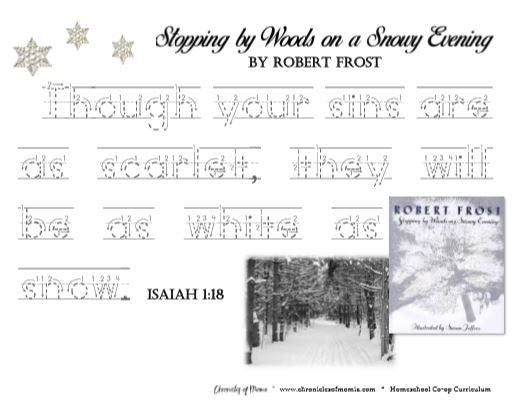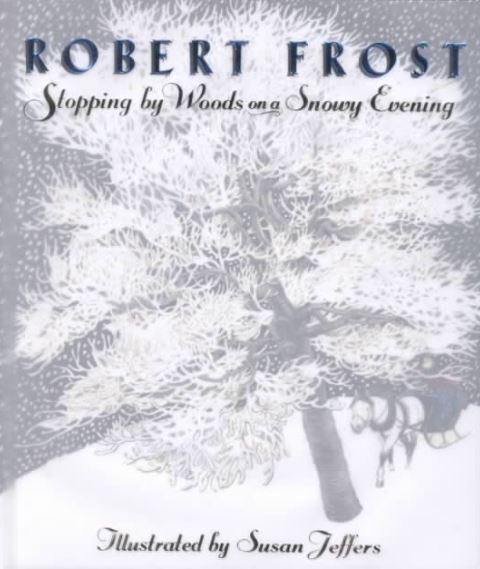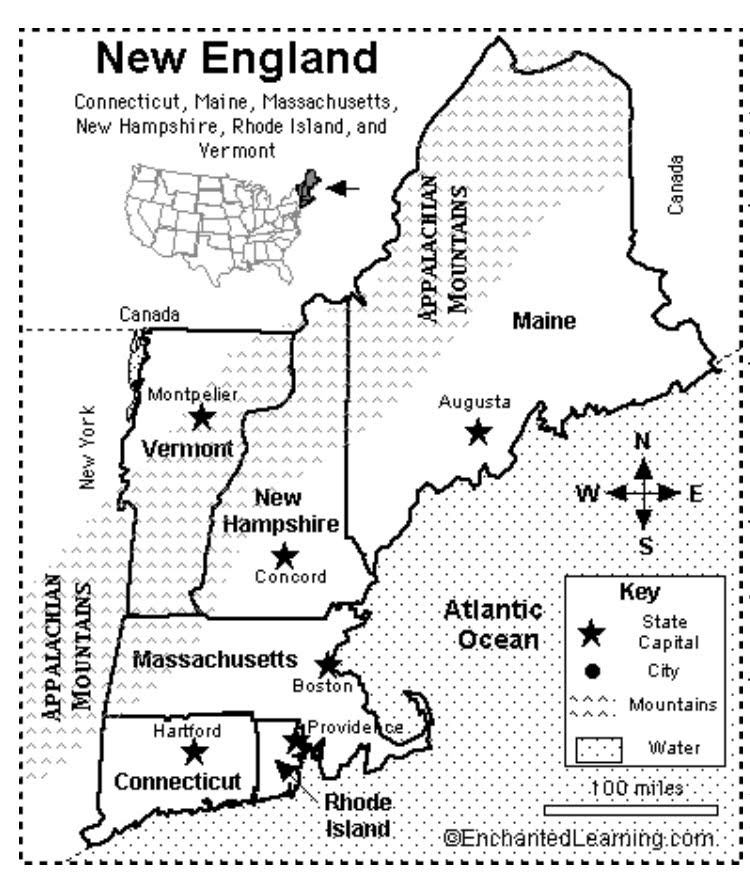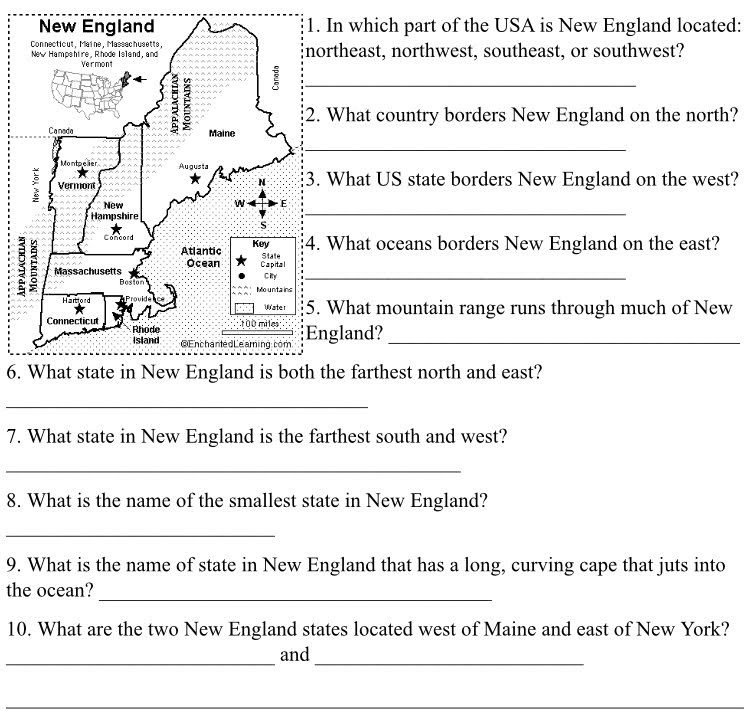If you’ve stumbled here from Pinterest, or some other site … welcome! While each of these books/lessons can stand alone, they are also a part of a year-long series that we have taught at our homeschool co-op. Each lesson builds in part on the one before. Some stories also have similar themes with the books that go before/after them. If you are interested in more information, or to see the complete booklist, check out our main page, More FIAR – Inspired Literature-Based Lesson Plans, especially for homeschool and homeschool co-ops. Thanks for looking around, and welcome to the site!
Stopping by Woods on a Snowy Evening
by Robert Frost
Things I Need:
Stopping by Woods on a Snowy Evening Book
Stopping by Woods Handwriting Sheet
Chalk (for writing on the board)
Paper (for poetry drawings)
Crayons, Pencils, etc
Optional: New England Map for Coloring
Optional: Papa is a Poet by Natalie S. Bober
Optional: Hot Chocolate, Cups, and something to boil hot water
Optional: Cozy Blankets
This book is the final book of our co-op before our long Winter Break. If you’re following along with our year-long More Five-in-a-Row Inspired Literature Based Curriculum for Homeschool Co-ops, the sharing of this book should fall right around the beginning of December, and just before the start of winter. Where we are, the weather is definitely cooling down now, and the first snow is forecast for next weekend … a perfect time to cozy up with America’s most famous snowy poem.
Review:
If you have been following along with this series of books, and you’re coming up on a holiday break like we are, take a moment to ask the class,
- What has your favorite book been so far this year?”
- What has your favorite activity been so far this year?”
This is a great way to get the kids talking, and reminising and falling in love with these great books. If you want to see the list to refresh yourself, you can find it here. If you don’t get much feedback from the kiddos, remind them of a few of the books on the list and things they did.
Introduce the Story: what is a poem?
Today we’re going to read a different kind of writing called, a poem.
- Who knows what a poem is?
- Does anyone have a poem memorized?
- Has anyone ever written their own poem?
Take a minute to explain how a poem differs from our regular way of writing (technically called, prose). A poem can rhyme, but it doesn’t have to. It often paints a pictures with words, so you can almost imagine what you’re seeing. A poet can use similes (comparing with like or as) and repetitions (like the last line of our poem today, “and miles to go before I sleep, and miles to go before I sleep”) to emphasize his or her point. They also sometimes use alliteration (Suzy sells salty seashells at shops by the seashore). A poem may use few words, or many – but it usually is written to make you feel. It may leave you with a feeling of wonder or peace or a sense of mystery … or put you right there, in the setting, with the poet. Robert Frost’s poems are especially good at this.
If you have written a poem, or have a favorite – now is a great time to share it.
One poem I made up for my children when they were little,
Good night, sleep tight.
The day is done, there’s no more light
So snuggle up close, and close your eyes tight.
-There’s no need for fear, and no need for fright –
…for the Father above …has his children in sight
And he’ll keep you. He’ll keep you.
All through the night
It is a good example of a calming poem, with rhyme and repetition, that they can relate to. I just share it because I wrote it – but you may have your own example. And Robert Frost, of course, has many.
Introduce the Story: geography and biography of a poet
Robert Frost was born in California, but grew up in Massachusetts, and spent his adult life in various parts of New England. While he lived mostly in New Hampshire, he also attended school in Massachusetts and later taught at a school in Vermont. (for an older student, you could look up these schools, as they are all famous today). If you covered New England for Cranberry Thanksgiving, take a moment to have the students find it on the map. If you haven’t, this is a great time to study New England, which is the setting for many of his poems.
If you haven’t used this map with Cranberry Thanksging, you also could this now.
Also … while researching Frost, I discovered this book, Papa is a Poet. This is a GREAT Robert Frost go-along. It is written from the perspective of his daughter, Leslie, and inspired from journals that her father encouraged her to keep when she was a young girl. It talks about their early stuggles before he was famous, their father’s love of nature, and their early education at home, with their father encouraging them to love to read, write, and memorize from the beginning.
It also includes a short biography and pictures from his childhood, as well as pieces of his poetry scattered throughout the story. Several of his most famous poems are in the back. If you can find this book, consider reading “The Last Word of a Bluebird” and “Dust of Snow“, in addition to the book Stopping by Woods on a Snowy Evening. (as they both have to do with seasons changing). Of course, The Road Not Taken, and many others are in there too … so feel free to read as many as you’d like to your students.
Because Stopping by Woods on a Snowy Evening is so short, if you have time, set it aside to read after you finish (or at least read the other poems mentioned above)
Read the Poem: Stopping by Woods on a Snowy Evening
(If you’ve never heard the poem, a very good reading can be heard on the clip below. Even if you have the book, and even if you know the poem by heart, I encourage you to listen to the recording below, and share it with your student(s). Point out again that this is a “poem” and not a story. This poem tells a story – sort of – but it has a certain rhythm and rhyme, a repetition at the end, and even a hidden mystery about it that really brings you into the poem.
If you have the time … set up a cozy setting. You want this to be a memorable setting. Set out tea cups and pour hot chocolate. Bring a few blankets for the class to cozy up with.
Ask, “why are we reading this book today? Because it is now December, and almost a new season (winter!)”.
Tell the class, “Pretend it is a snowy day and you are just coming in from outside. You stomp the snow off your books, pull off your wet clothes. Mom wraps a blanket around you, and you cozy up to the table with a cup of hot chocolate.”
Now that we’ve created our “setting”, read the poem, Stopping by Woods
After you finish, ask the class, (reminding what each of these things are as you ask)
- Do you hear allitereation (the same sound, all in a row)?
- Do you hear rhyme (like know and snow)?
- Do you hear similes?
- Do you hear anything repeating (and miles to go before I sleep)?
- Do you feel anything? (peaceful, happy, sad, etc)
- Can you imagine this place? What does it look like?
Mention that Robert Frost spent hours outside and often was inspired by nature, and so that is what most of his poems are about. Read, Dust of Snow, and, The Last Word of a Bluebird, as well.
Now, let the class listen to Stopping by Woods again (you could just play the recording above), and again. And this time, give them a piece of paper and ask them to draw what the poem makes them think of. If they are able to, help them use the things we have learned to write out their own poem.
You may want to draw simple trees or rolling, snow covered hills on the board to give them an idea of where to start.
Handwriting Sheet
There are several great verses about snow in the Bible, and about seasons and winter. This one, “though your sins are as scarlet, they will be as white as snow,” seemed fitting.
Make sure they start their letters at the top. Repeat the verse several times out loud together. If you are encouraging memorization, drop a word here and there as you recite it out loud and see if the class can fill it in. Repeat, dropping another word, and another, etc. After 10 repetitions, you may be surprised to see they have the verse memorized.
 |
| Click here for printable version |
That’s it for this week! To see what we’ve done so far in our Homeschool Co-op’s Literature Series this year, click here. Each lesson builds on the one before and seeks to cover basic geography within the book, historical contexts, a handwriting sheet and a language arts lesson, as it applies to the book.
Or, you can check out the complete Learning the ABC’s through Literature Series, which is a similar series that we did with this same group of kiddos a year earlier. Both of these series of books have been inspired by the Five in a Row curriculum, with many of the books being the same. The ideas, implementation of it for a co-op, and printables are all my own, unless otherwise indicated. Thanks for stopping by to check it out!








